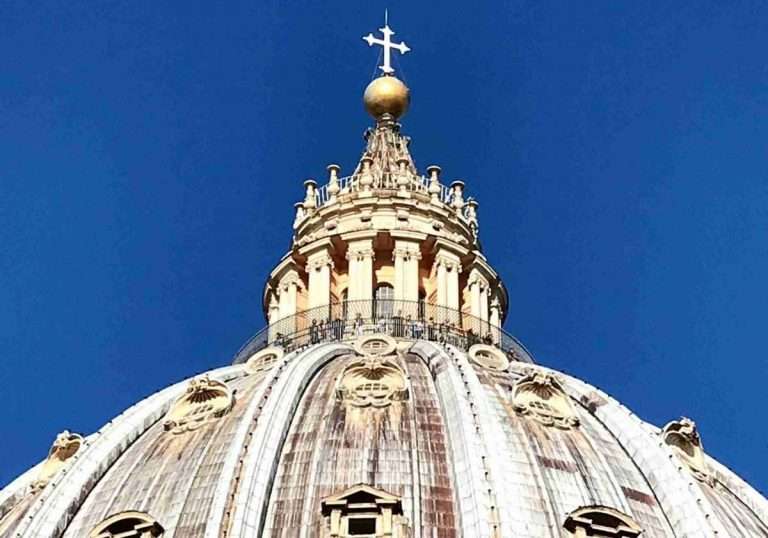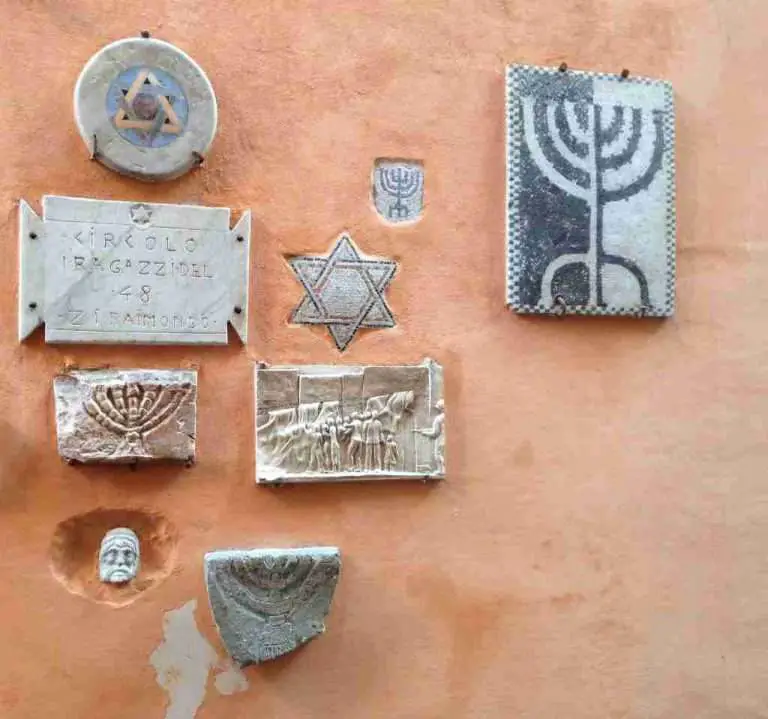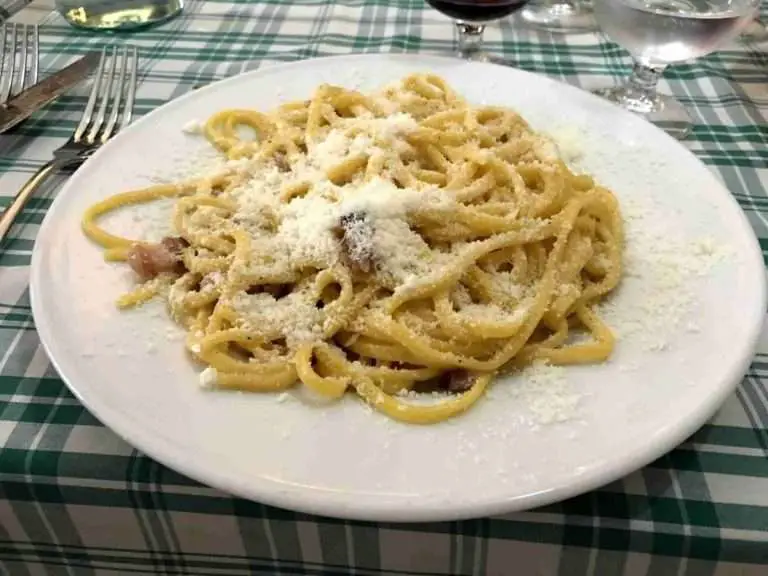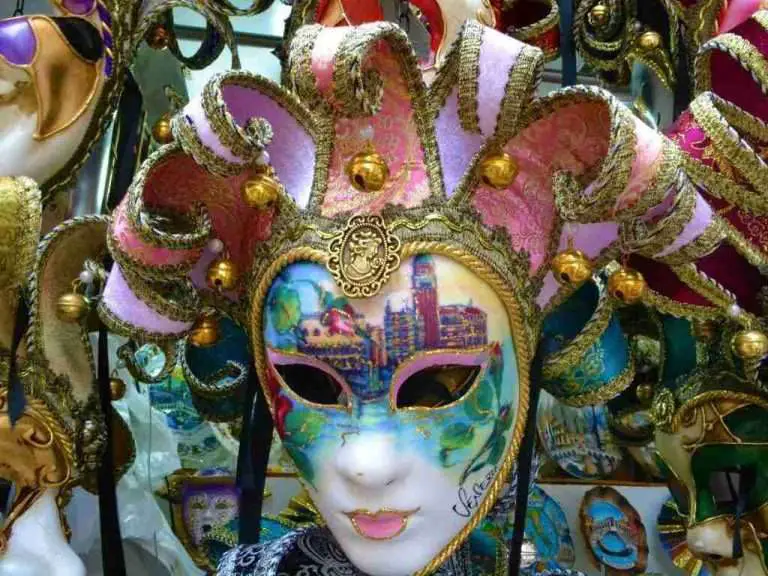
One of the best-known nicknames for Rome is “The City of Seven Hills.”
This is, of course, because the ancient city was built on and between seven hills, all of which make up part of the core of the modern Italian capital.
The seven hills of Rome mark the ancient boundaries of the city. It was on these seven hills that the first settlements of Rome began. All of Rome’s original seven hills lie east of the Tiber River.
Aventine / Aventino
Caelian / Celio
Capitoline / Capitolino
Esquiline / Esquilino
Palatine / Palatino
Quirinal / Quirinale
Viminal / Viminale
Rome’s seven hills were protected within the Servian Walls, which were built in the 4th century BC. The foundations, gates, and ruins of the Servian Walls can still be seen in some parts of the city.


Subsequent builds of fortifications in Rome, such as the Aurelian Walls (3rd century AD) and the Leonine City (9th century AD) included other hills whose names may be familiar: the Janiculum (Gianicolo), Vatican, and Pincian hills, among several others.
Rome’s Seven Hills
Now that you’ve had a short history lesson, you may be wondering what you can see today on Rome’s Seven Hills. Below are descriptions of each of the original seven hills of Rome with links to handy Google street view maps.
Aventine Hill | Colle Aventino

The Aventine Hill, in the southwest quadrant of Rome, is one of the most tranquil areas of the city. It’s known for its leafy streets and is largely residential.
Romans like to visit the Aventine’s Orange Garden (Giardino degli Aranci), which has a panoramic view of St. Peter’s Basilica.
On the same street is the headquarters of the Knights of Malta, famous for its keyhole view of St. Peter’s Basilica. The ancient Santa Sabina Basilica is also located on the Aventine Hill.
Caelian Hill | Colle Celio

The Baths of Caracalla are one of the highlights of the Caelian (pronounced “Chellian”) Hill, which lies south of the Colosseum.
The Villa Celimontana (Caelian Mountain Villa), is a 16th-century villa and garden that many Romans frequent in warmer weather for its nature and tranquility. The villa grounds also serve as the site for an annual jazz festival.
On and around the slopes of the Caelian Hill are several beautiful churches, including Santo Stefano Rotondo, San Gregorio, and Santi Giovanni e Paolo, a popular wedding church.
Capitoline Hill | Colle Capitolino

The Capitoline Museums and the seat of the Roman government can be found on the Capitoline Hill. Other names for the Capitoline are the Campidoglio or Capitolium.
On the higher ridge of the hill stands the church of Santa Maria in Aracoeli.
Esquiline Hill | Colle Esquilino

The Esquiline Hill was where Nero built his “Golden House” (Domus Aurea).
Today, much of the Esquiline Hill is crowded with shops and apartment blocks, especially in the area near the Papal Basilica of Santa Maria Maggiore, which occupies its summit.
On the southwestern spur of the Esquilino is the Colle Oppio (the smaller Oppian Hill) from which you can admire the Colosseum.
Palatine Hill | Colle Palatino

The Palatine, where Romulus and Remus were supposedly born, is the original hill of all of Rome’s hills. Rome’s main archeological area is here. Travel tip: You can visit the Palatine Hill on a combined ticket with the Colosseum and Roman Forum.
Quirinal Hill | Colle Quirinale

The Quirinal Palace, where the President of Italy resides, is the main landmark on the Quirinal Hill. The palace has been the residence of popes, kings, and presidents since it was built in 1583.
The Quirinal Hill is the highest of Rome’s seven hills. Locals often call it “Monte Cavallo” (Horse Mountain) after the horse-tamer (Dioscuri) sculptures that feature prominently in the wide Piazza del Quirinale.
Winding staircases and alleys from the top of the Quirinal Hill lead down to the Trevi Fountain [directions].
Viminal Hill | Colle Viminale

When Romans talk about the Viminale, they are often referring to the Ministry of the Interior. That’s because Italy’s largest government office is located on the Viminale, the smallest of Rome’s Seven Hills.
The Viminale is also the site of the Baths of Diocletian, now part of the National Roman Museum. It’s all a short walk from Termini, Rome’s main train station.

This month’s Italy Blogging Roundtable topic was “Hills and Mountains.” I hope you’ve enjoyed reading about the Seven Hills of Rome. Please have a look at the other entries from our fabulous Italy blogging crew:
- Jessica – Italy Roundtable: Why Do We Love Italian Hill Towns?
- Alexandra – Abetone: The Closest Ski Resort to Florence
- Rebecca – Italy Roundtable: The Colfiorito Marshlands
Post first published on March 6, 2013






